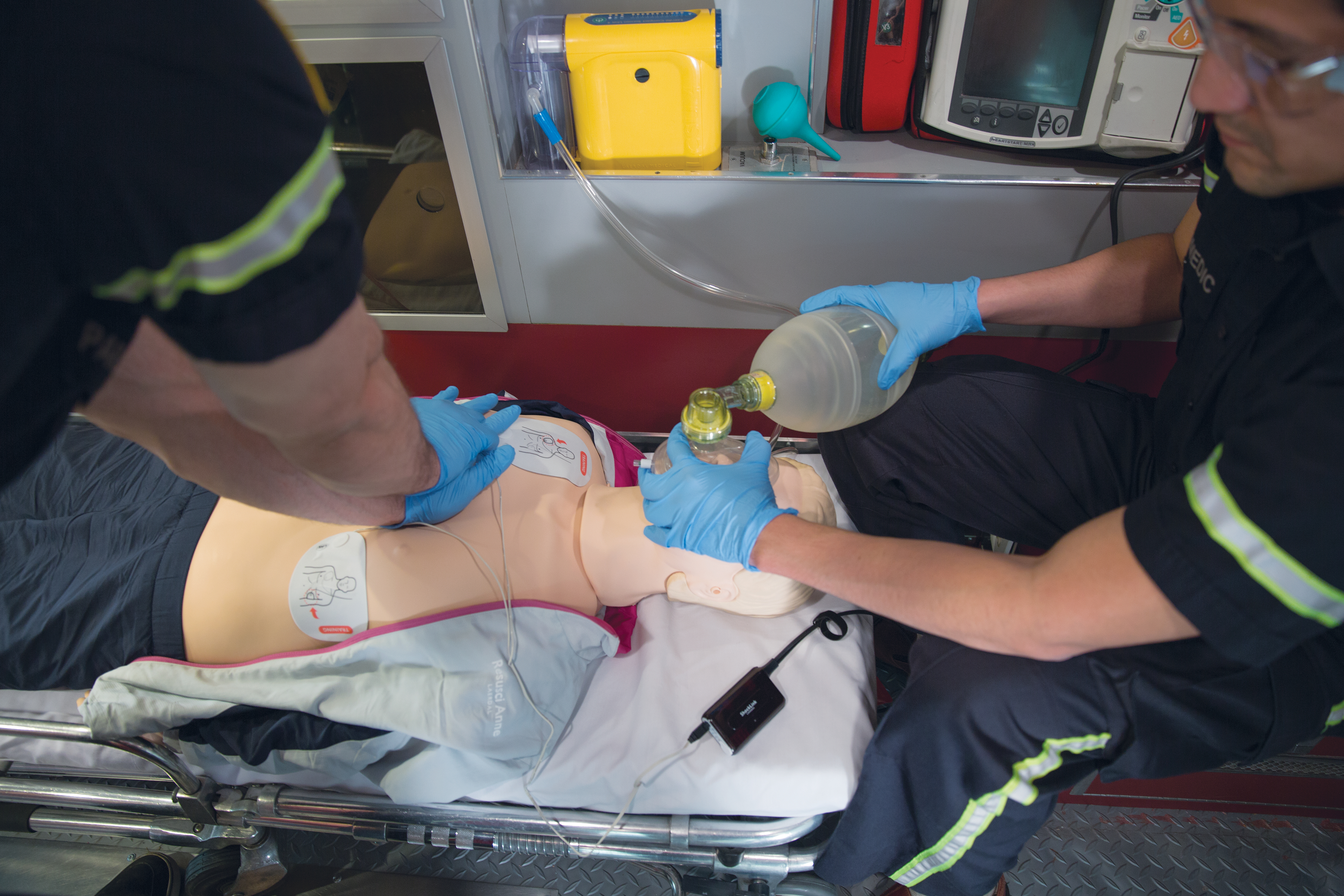
Training for Team Dynamics in Resuscitation
Why effective team behaviors and communication are key to increasing sudden cardiac arrest survival.
Similar to the need for early identification and treatment of sepsis, raising stroke awareness and recognizing stroke symptoms are critical for EMS today. Stroke is now the fifth leading cause of death in America and a leading cause of adult disability.1
An EMS call may come in as a stroke, but it may also come in as a fall, a seizure, an unconscious person, or a person with “difficulty speaking”.
When an EMT or paramedic arrives to the scene, patients can display any combination of symptoms:
As with all patients in the prehospital setting, the assessment of the airway, breathing and circulatory status is essential.
In stroke cases, however, every minute of delay to treatment can cost a patient 1.9 million brain cells.2
Time lost is brain lost. For every minute that goes by without restoration of blood flow, two million nerve cells are lost. If these patients don’t get protective drugs until two, three or four hours later, irreversible brain damage will have already occurred.*
When caring for a stroke victim, the goal is to minimize brain injury and maximize the patient’s recovery. The use of a stroke assessment tool can help to improve prehospital triage and accomplish this goal. Specifically, the evaluation of facial droop, arm drift, and abnormal speech can be the key to rapidly identifying potential stroke patients.3
Simulations can play a large role in preparing providers for stroke cases. Pre-programmed scenarios are equipped with relevant patient history, and high-fidelity simulators can fulfill the need for a realistic patient assessment. Additionally, some advanced simulators allow for practice administering medication. Each of these training methods prepare first responders to realistically diagnose and treat a stroke victim.
*American Heart Association (2015). Paramedics may be first source of treatment for stroke patients. Retrieved from https://news.heart.org/paramedics-first-source-treatment-stroke-patients/
Sign up for Laerdal Medical email updates. You can identify your interests and receive new educational content, updates, event information and more.